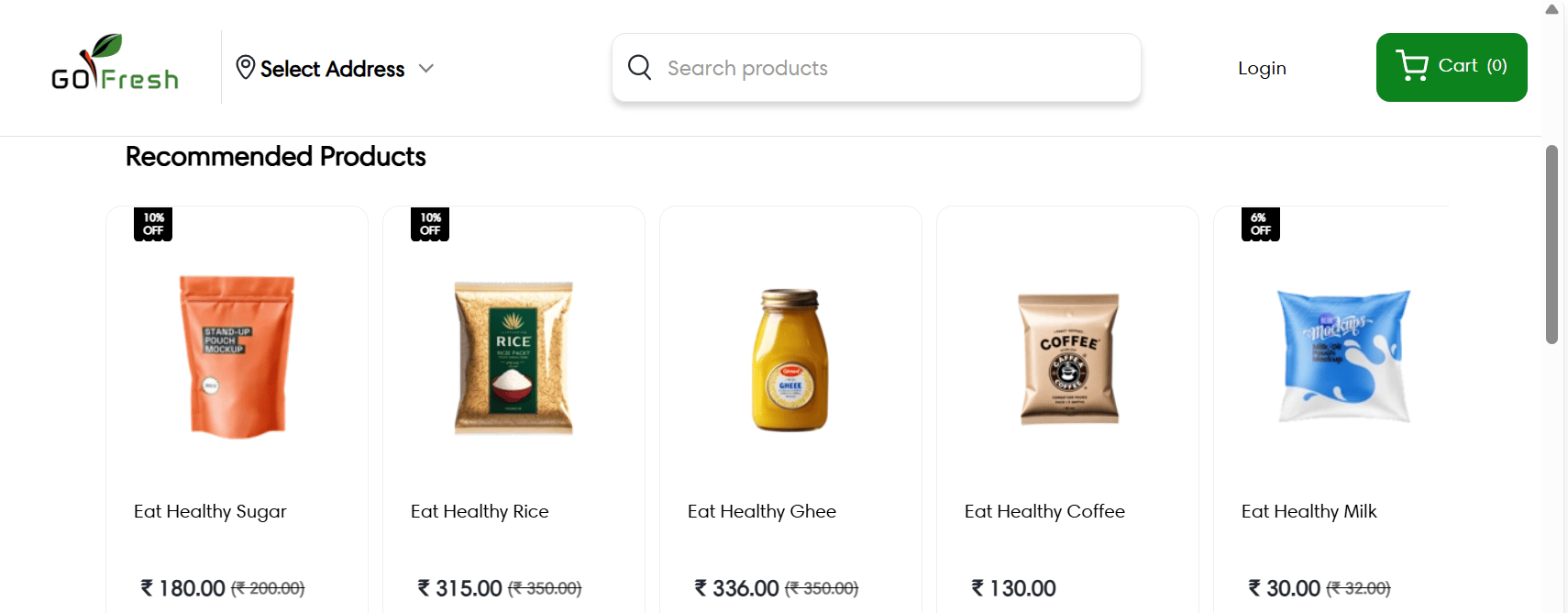Quick Links
ToggleIndia’s retail market is becoming sharply local and digital. Instead of aiming to reach the whole country, many businesses are now focusing on serving customers within a few kilometres of their store. This shift, known as hyperlocal marketing, is a strategy that blends location data, online platforms, and local insights to target buyers nearby with precise offers and faster delivery.
Its effectiveness is clear in how quickly Indian shoppers have embraced it. The number of hyperlocal commerce shoppers has grown to more than 214 million by the end of 2022. Since then, the momentum has continued. The country’s hyperlocal delivery market is projected to triple by 2028, driven by a compound annual growth rate of over 50%.
In 2025, Indian retailers are finding that scale begins locally. The edge now lies in reaching nearby audiences quickly and earning lasting local trust.
How does hyperlocal marketing give retailers a competitive edge?
Unlike traditional mass marketing, hyperlocal marketing focuses on reaching customers closest to where the business operates. What makes this approach powerful is its speed of conversion. According to Think with Google, nearly 76% of people who perform a local search visit a nearby business within 24 hours, and 28% make a purchase.
From a customer’s perspective, the appeal lies in convenience and familiarity. People trust businesses that feel local – those that deliver faster, speak their language, and understand their neighbourhood’s needs. When shoppers see a store listed nearby or an ad featuring their own area, it feels more relevant and reliable than a generic national campaign.
Proximity also removes uncertainty because customers know help or delivery is just minutes away. In a market where time and trust drive purchase decisions, this sense of closeness turns local visibility into genuine customer loyalty.
Indian retailers using hyperlocal strategies have reported up to a 50% reduction in marketing spend while improving ROI. Consequently, more than half of India’s e-commerce users were hyperlocal shoppers by 2021, and the number has continued to rise.
Top Hyperlocal Marketing Strategies for Indian Enterprises
-
Local Search Engine Optimisation (SEO)
Local SEO helps businesses appear in searches like “bakery near me” or “best grocery in Andheri.” It works because most purchase decisions start with a local search, and people tend to pick what’s closest and most visible. Retailers should optimise their Google Business Profile, use local keywords, add customer reviews, and ensure consistent name, address, and phone (NAP) details across platforms.
-
WhatsApp and SMS Marketing
There are over 500 million active WhatsApp users in India. Direct communication through channels like WhatsApp and SMS keeps customers engaged in real time. Businesses can send updates on offers, delivery alerts, and personalised promotions to nearby customers. Using WhatsApp Business tools like quick replies and catalogues helps make interactions fast and professional.
-
Geo-Targeted Digital Ads
Geo-targeting allows retailers to show ads only to people within a few kilometres of their store. It prevents wasted ad spend and reaches those most likely to buy. Tools like Google Ads and Meta Ads let you define a location radius, run local promotions, and track results based on in-store or delivery conversions.
-
Collaborations with Local Influencers
Partnering with micro-influencers from the same city or community builds immediate trust. People are more likely to believe a recommendation from someone they see as a neighbour or local expert. Brands can collaborate on reviews, reels, or event tie-ups that showcase genuine, everyday use of their products in relatable settings.
-
Use Hyperlocal-Ready Online Store Platforms
Businesses need platforms that combine e-commerce with hyperlocal capabilities to reach nearby customers effectively. While online store platforms like Shopify work for general online stores, they may not be the right fit for small local businesses. Shopify alternatives with built-in hyperlocal features let retailers connect with local delivery apps, track stock across locations, and update nearby orders in real time. This approach ensures faster fulfilment, personalised offers, and stronger engagement with local customers.

What are some successful hyperlocal marketing campaigns in India?
Hyperlocal marketing has helped major brands connect meaningfully with nearby audiences while supporting small businesses in their networks. One standout example is Raymond’s partnership with InMobi to launch a geo-targeted campaign for its ready-to-wear collection.
The brand used radial geo-targeting to reach customers living or working near Raymond stores. It identified high-intent segments such as frequent shoppers, professionals, and residents of premium neighbourhoods. Each ad included a tap-to-map feature that guided users directly to the nearest outlet, eliminating friction between discovery and store visit.
By tailoring messages to each local context, the campaign made a national brand feel personal and accessible within every community it reached. The campaign generated over 100,000 store visits, reduced cost per footfall by 18%, and delivered a 12% year-on-year increase in sales. It proved that precise targeting and contextual personalisation could drive measurable offline outcomes.
Which online store platforms are best for hyperlocal marketing in India?
About 70% of Indian shoppers now prefer buying from local sellers online when fast delivery and authenticity are guaranteed. This is great news for businesses integrating hyperlocal marketing.
However, a hyperlocal strategy effectively requires more than social media targeting. It needs the best online store platforms that can translate nearby demand into real sales. Platforms built for hyperlocal commerce connect online storefronts with physical outlets and allow retailers to synchronise inventory, fulfil orders from the nearest branch, and push location-specific promotions in real time.
Zopping is one of the few Indian-built online platforms designed specifically for this need. It helps businesses digitise their stores and scale efficiently within local markets.
What sets it apart are features built around the realities of Indian retail:
- Multi-store inventory sync: Tracks stock levels across locations, ensuring customers see only what’s available nearby.
- Hyperlocal delivery integration:Connects with last-mile partners to enable same-day or even one-hour deliveries.
- Location-based marketing tools: Automate promotions based on buyer proximity and local demand trends.
- Real-time analytics dashboard: Offers insights into top-selling products and high-demand zones within city clusters.
- Seamless onboarding for SMEs: Allows smaller retailers to set up local online stores without heavy technical input.
Take Your Local Business Further with Smarter Tech
India’s hyperlocal growth shows that speed, proximity, and trust now define modern retail success. However, taking this direction alone is not enough to effectively compete. Businesses also need the right strategies, technology, and online store platforms to turn local engagement into measurable results.
Tools like Zopping help retailers manage inventory, enable quick deliveries, and personalise offers for nearby buyers, making it easier to convert neighbourhood demand into consistent growth.



